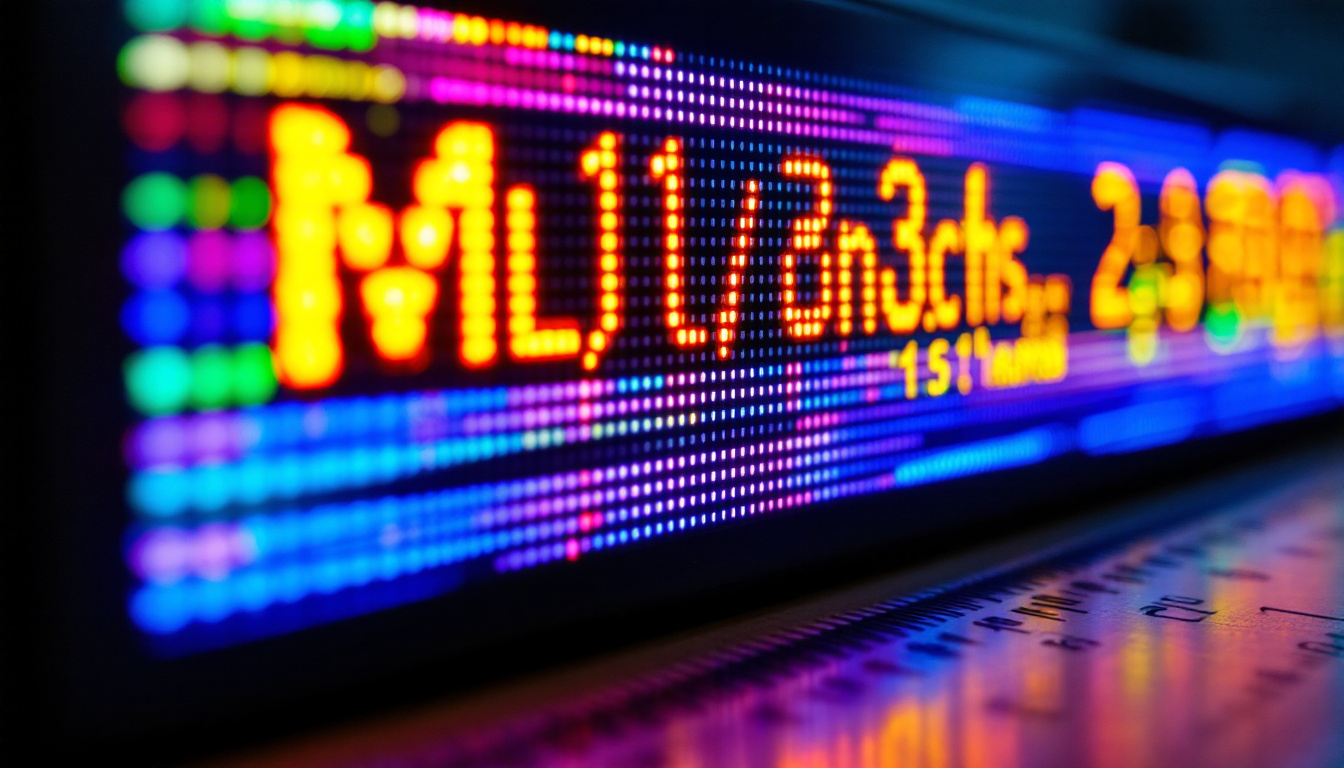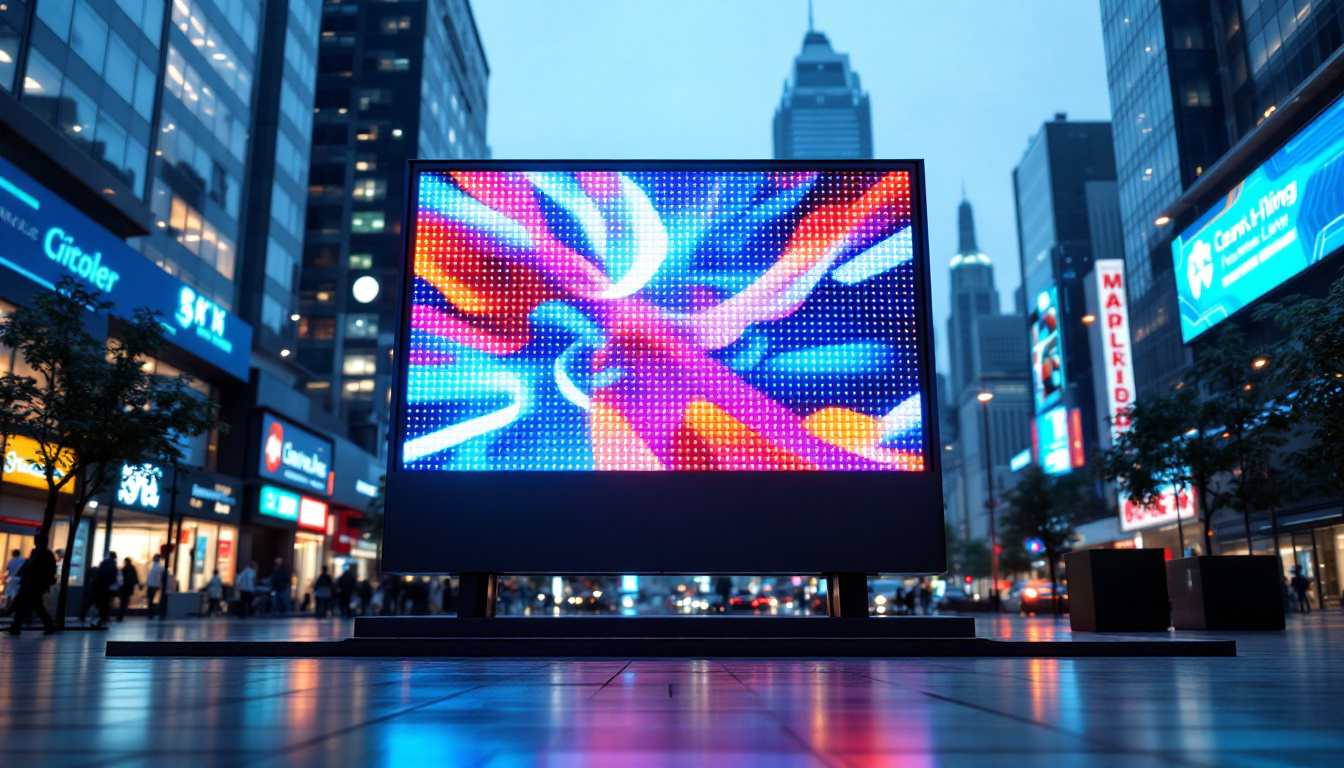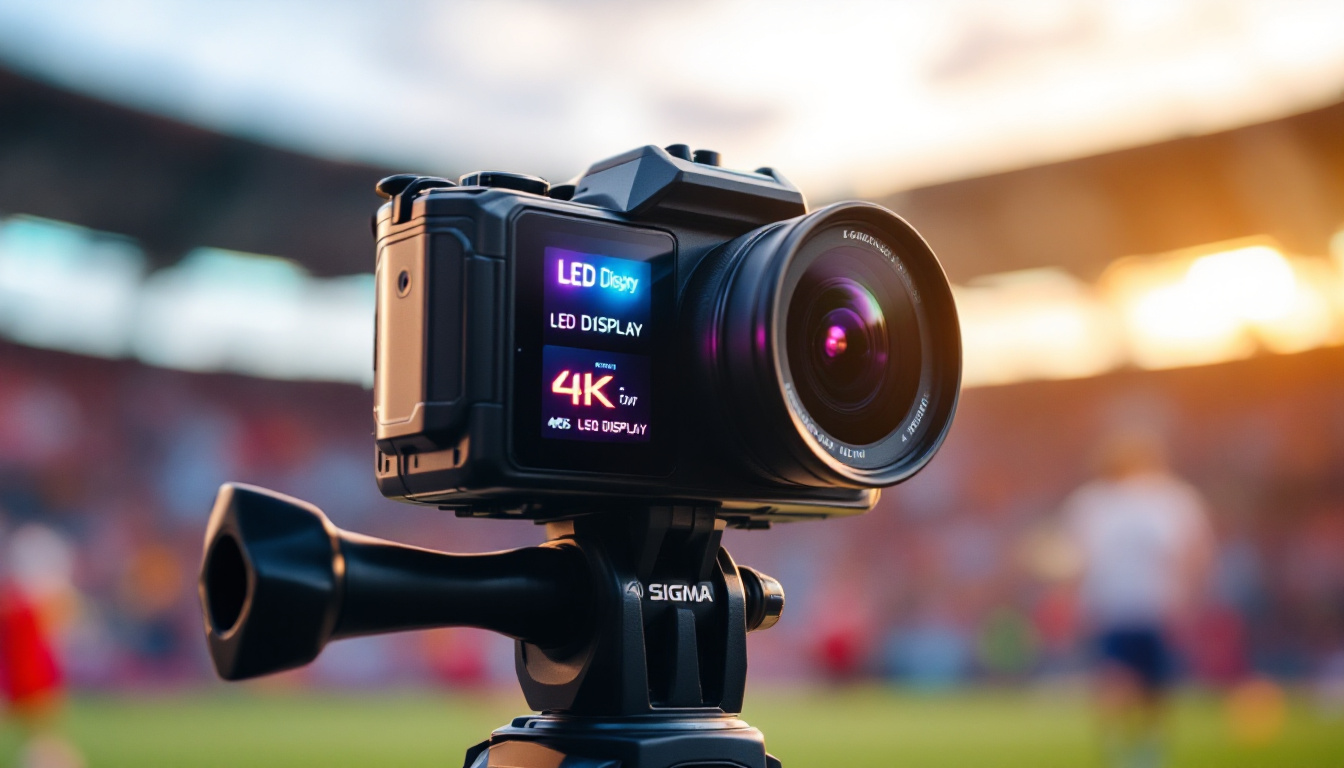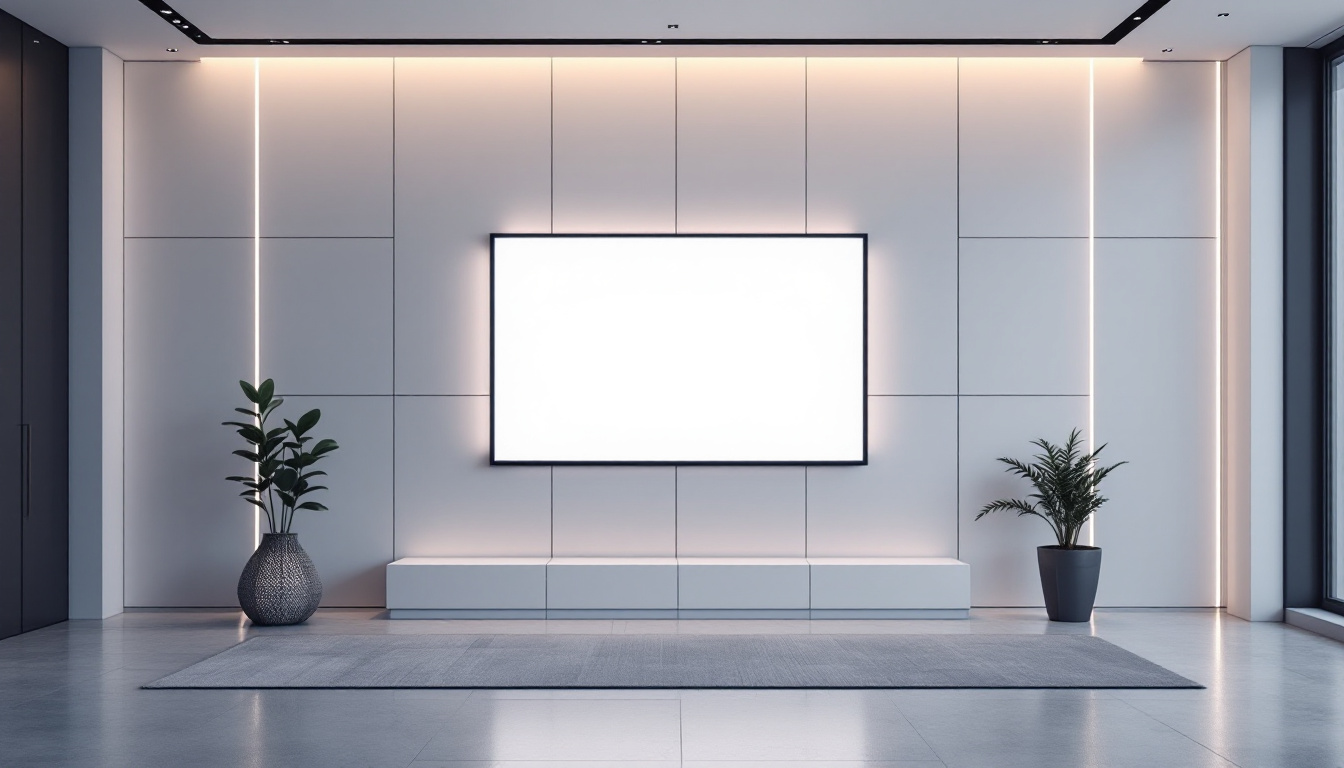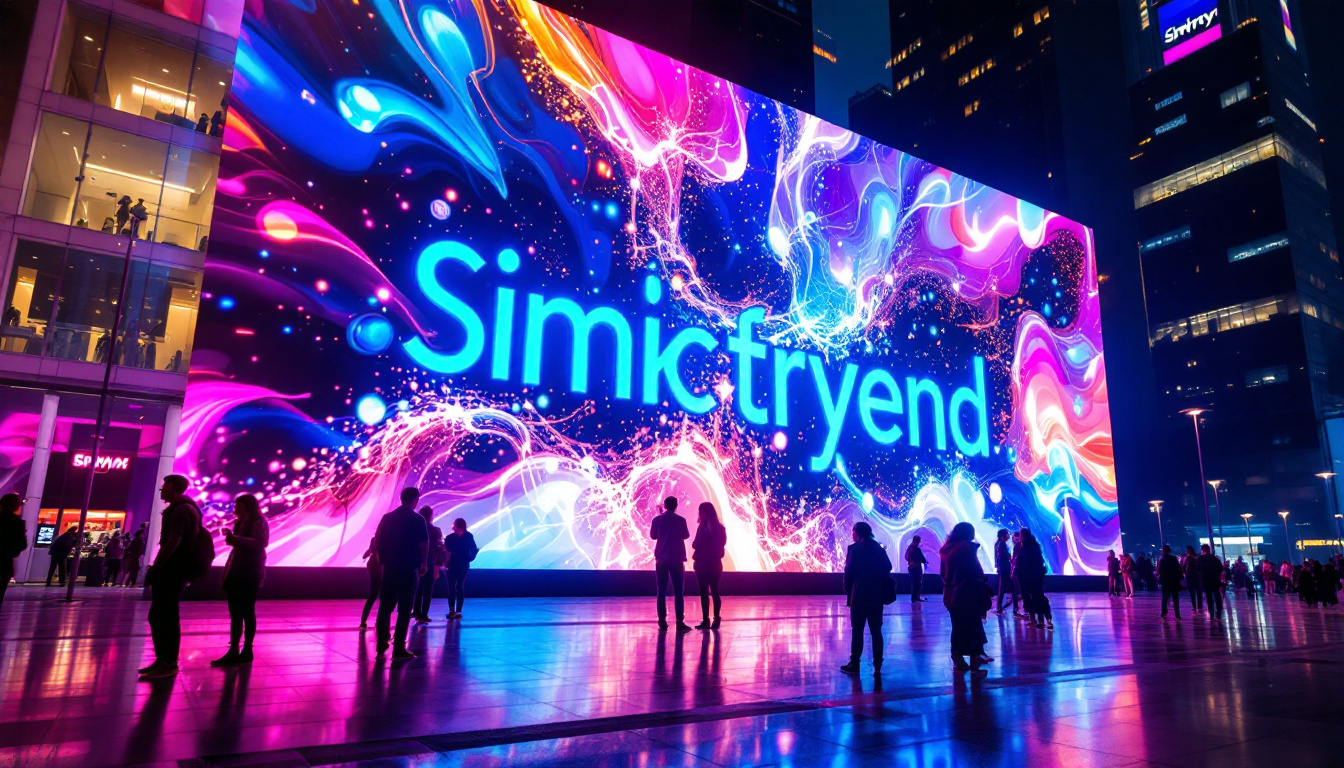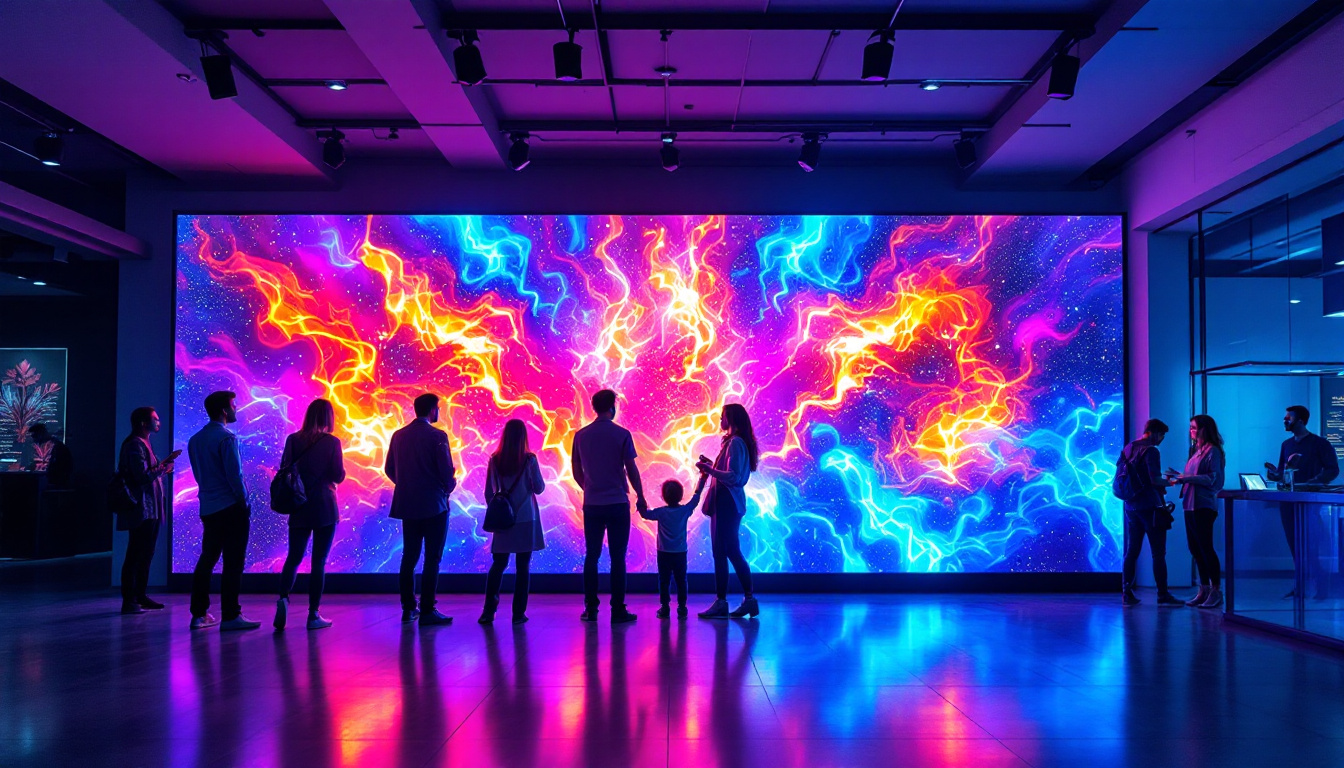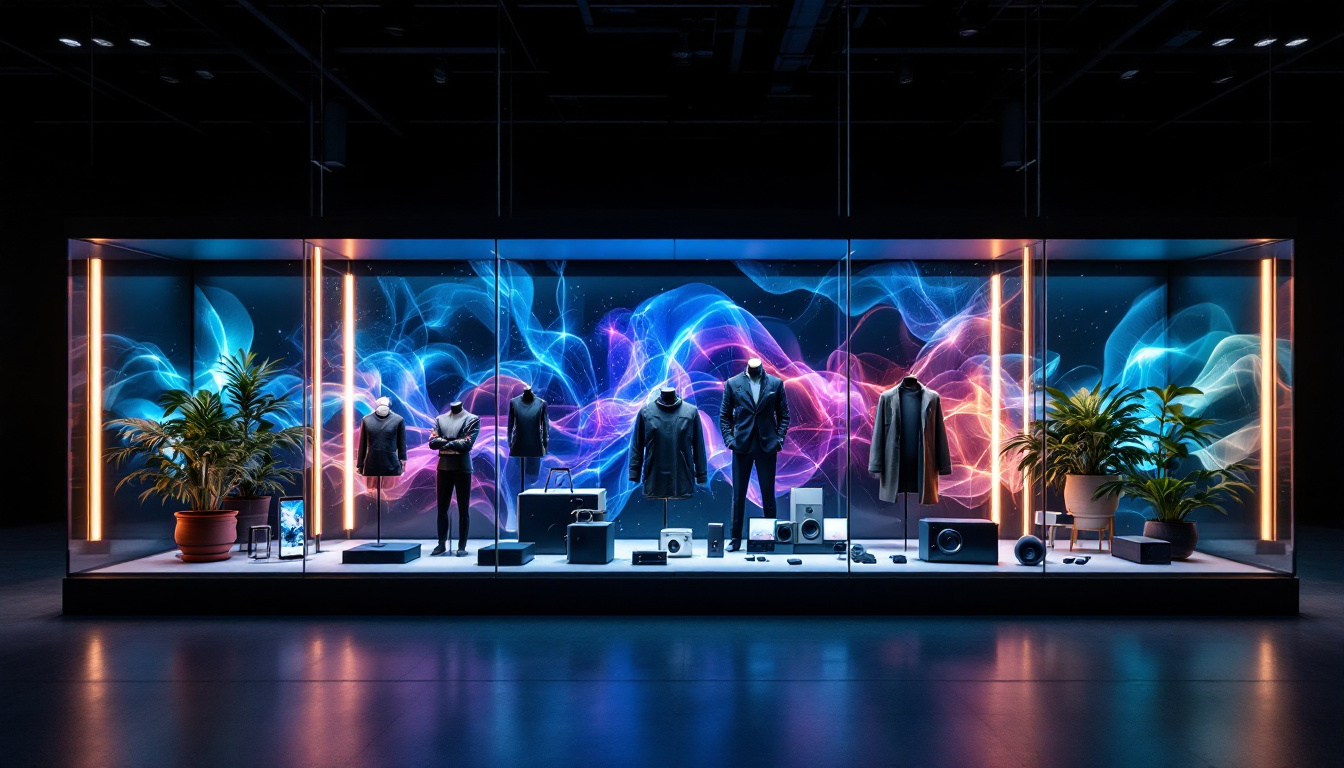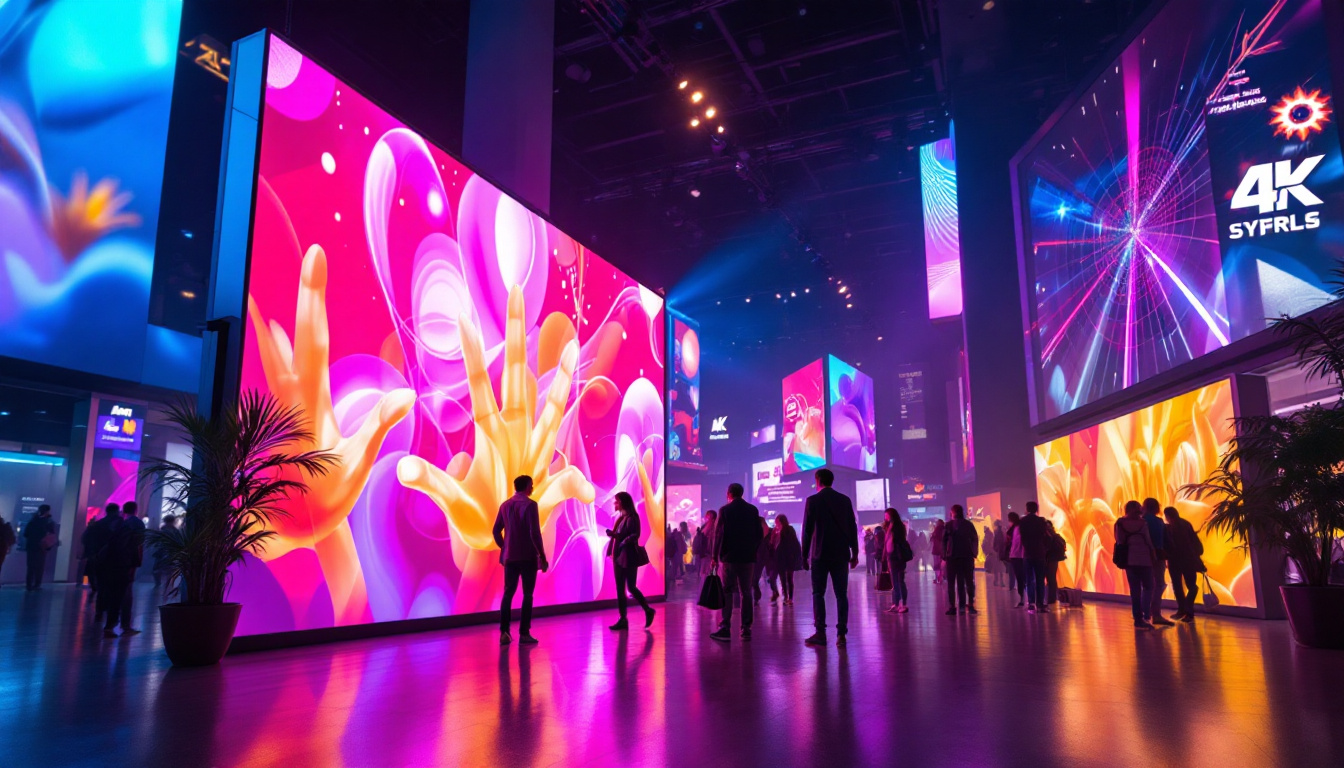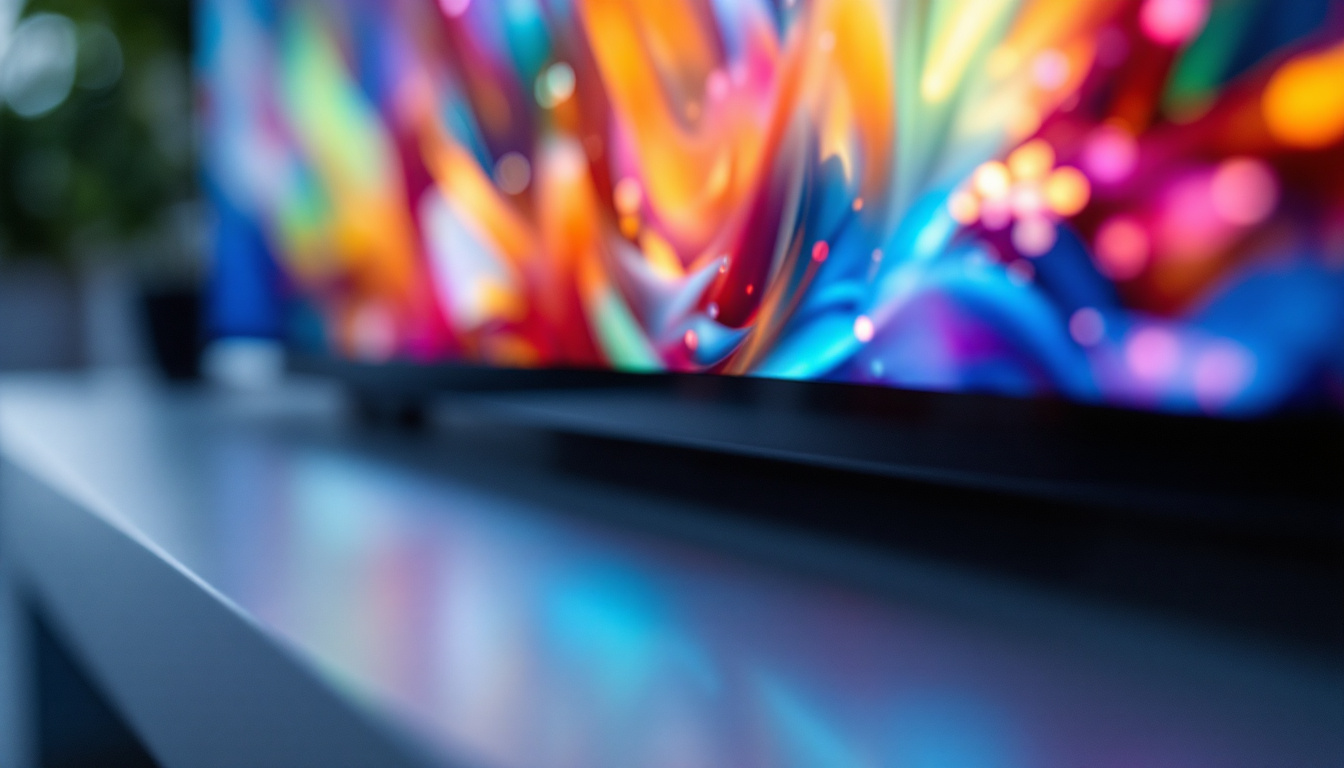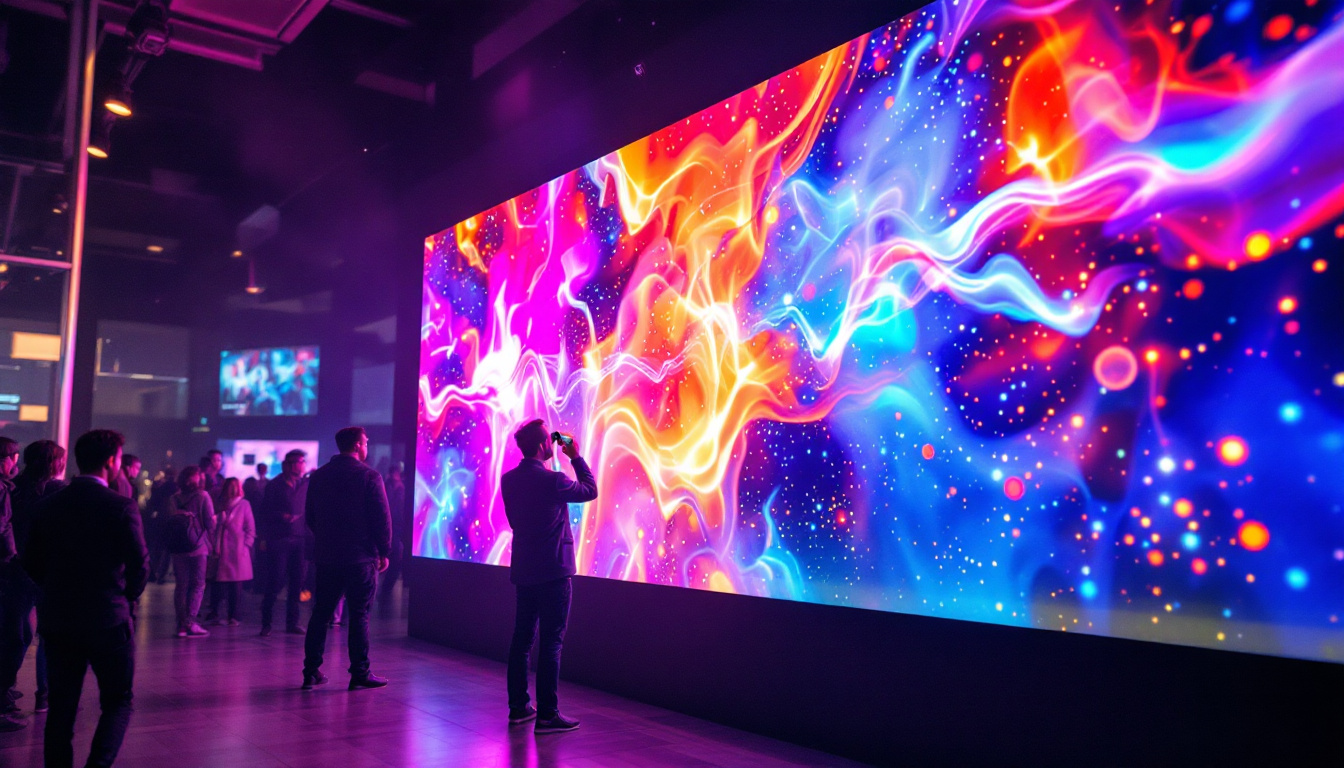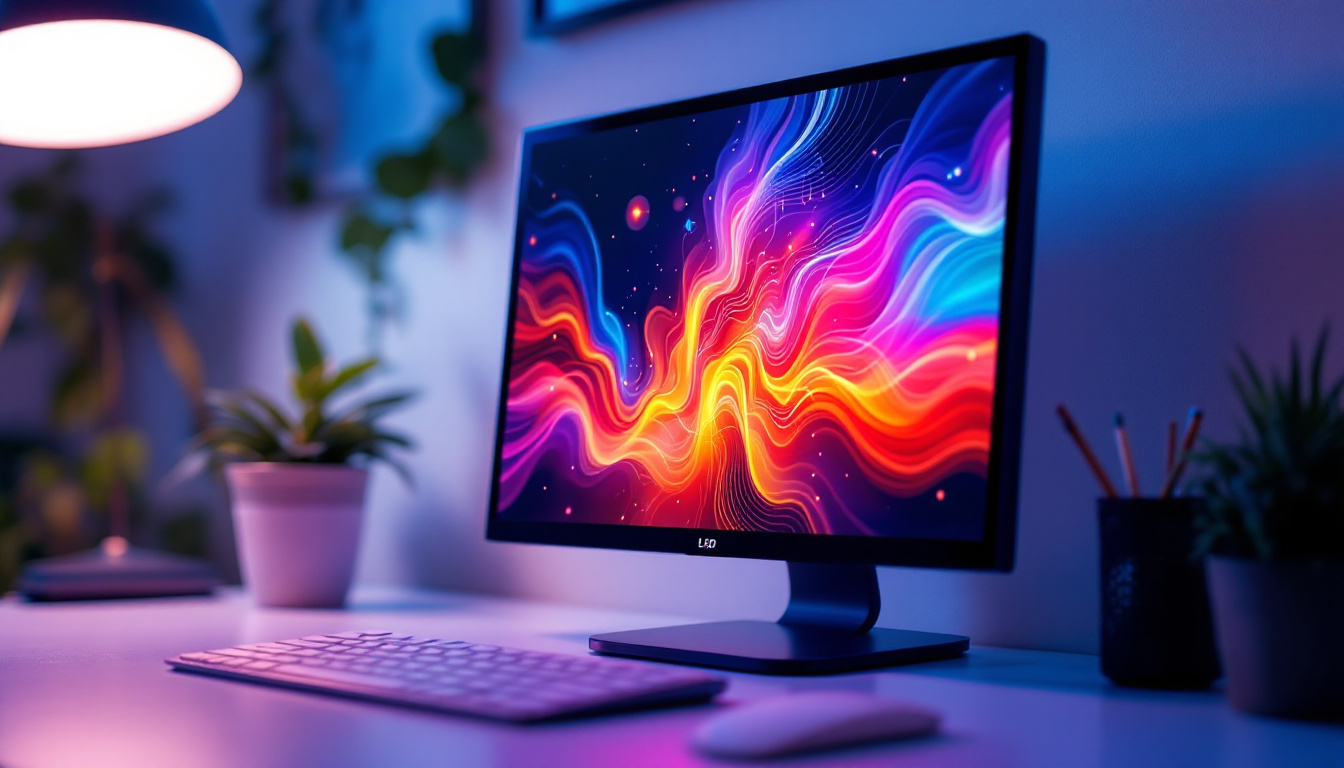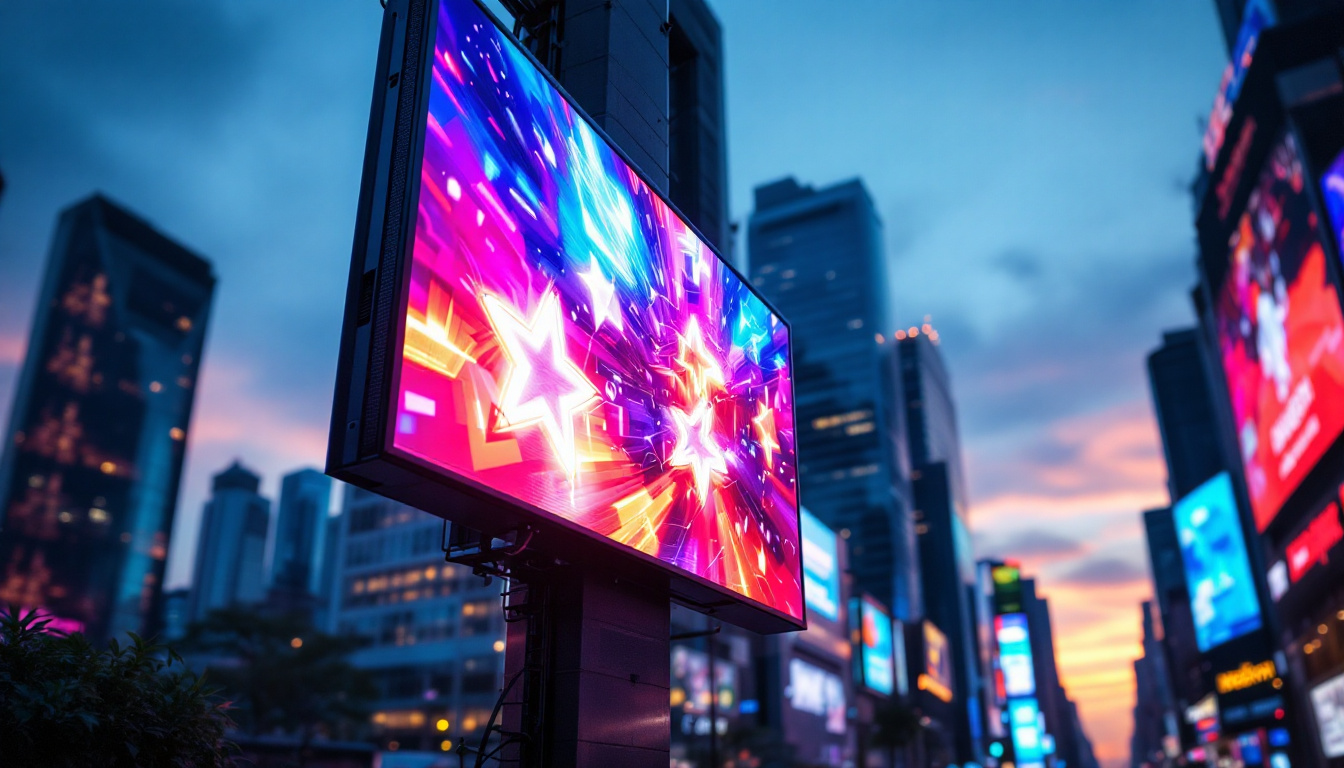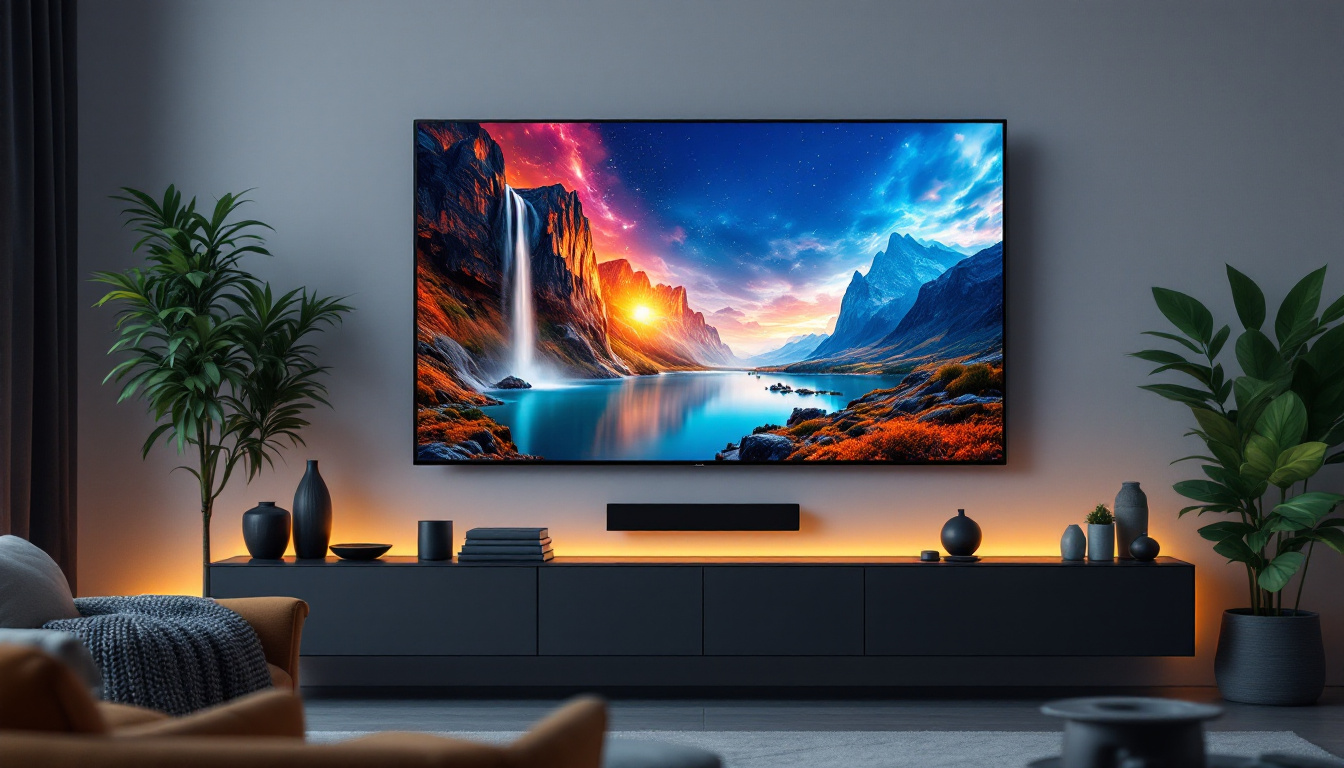In the world of technology, precision and clarity are paramount, especially when it comes to visual displays. One common measurement that often arises in discussions about LED displays is the conversion from millimeters to inches. This article delves into the specifics of converting 1.3 mm to inches, while also exploring the broader context of LED displays, their applications, and the significance of accurate measurements in this field.
Understanding Millimeters and Inches
Millimeters (mm) and inches are both units of measurement used to quantify length. While millimeters are part of the metric system, inches belong to the imperial system. Understanding the conversion between these two units is essential, particularly in industries where precise measurements are critical.
The Metric System vs. The Imperial System
The metric system is widely used around the world, particularly in scientific and technical fields. It is based on powers of ten, making calculations straightforward. Conversely, the imperial system, primarily used in the United States, is based on more arbitrary measurements. This can lead to confusion when converting between the two systems.
For example, 1 inch equals 25.4 mm. Therefore, to convert millimeters to inches, one must divide the number of millimeters by 25.4. In the case of 1.3 mm, the conversion to inches would yield approximately 0.051 inches. This conversion is not only relevant for everyday tasks like measuring furniture or fabric but also plays a crucial role in fields such as architecture and design, where precision can dictate the success of a project.
Importance of Accurate Measurements
In industries such as manufacturing, engineering, and technology, accurate measurements are crucial. A small error in measurement can lead to significant discrepancies in product quality and performance. For LED displays, precision in dimensions can affect the overall visual experience, impacting clarity, brightness, and color accuracy.
Moreover, in the medical field, accurate measurements can be a matter of life and death. For instance, the dosage of medication often requires precise calculations based on millimeters or inches, depending on the measurement system in use. In surgical procedures, the exact dimensions of instruments and implants can significantly influence patient outcomes. Thus, professionals across various sectors must be well-versed in both measurement systems to ensure safety, efficiency, and effectiveness in their work.
LED Displays: A Brief Overview
LED (Light Emitting Diode) displays have revolutionized the way visual information is presented. These displays are known for their brightness, energy efficiency, and longevity. They are widely used in various applications, from televisions and computer monitors to advertising billboards and digital signage.
How LED Displays Work
LED displays function by using a matrix of tiny light-emitting diodes to create images and videos. Each diode emits light when an electric current passes through it, allowing for a wide range of colors and brightness levels. The arrangement and density of these diodes determine the display’s resolution and overall image quality.
In terms of measurement, the pixel pitch—the distance between the centers of two adjacent pixels—is a critical factor. A smaller pixel pitch results in a higher resolution and sharper images, which is particularly important for applications where viewers are close to the display. This precision is essential in environments such as control rooms and broadcast studios, where clarity and detail can significantly impact the effectiveness of communication.
Applications of LED Displays
LED displays are versatile and can be found in numerous settings. In consumer electronics, they are prevalent in televisions and monitors, offering vibrant colors and high contrast ratios. In commercial environments, LED displays are used for advertising and information dissemination, capturing the attention of passersby with bright, dynamic content.
Additionally, LED technology is increasingly being used in architectural lighting and artistic installations, showcasing its adaptability beyond traditional display roles. The use of LED displays in outdoor environments also highlights their durability and resistance to weather conditions. For instance, many sports arenas and concert venues utilize large-scale LED screens to enhance the spectator experience, providing real-time updates, replays, and immersive visuals that keep audiences engaged. Furthermore, advancements in LED technology have led to the development of flexible and transparent displays, opening up new possibilities for innovative design in both commercial and residential spaces.
Converting 1.3 mm to Inches: The Calculation
To convert 1.3 mm to inches, the conversion factor of 25.4 mm per inch is utilized. The formula is straightforward: divide the millimeter measurement by 25.4.
The Conversion Process
Using the formula:
1.3 mm ÷ 25.4 = 0.0511811 inchesThis calculation shows that 1.3 mm is approximately equal to 0.051 inches when rounded to three decimal places. Such precise conversions are vital in various fields, especially when designing and manufacturing LED displays where every millimeter counts.
Practical Implications of the Conversion
Understanding the conversion from millimeters to inches is particularly important for engineers and designers working with LED displays. For instance, when specifying the dimensions of a display or its components, accurate measurements ensure compatibility and optimal performance.
In addition, this knowledge assists in communicating specifications with international partners who may use different measurement systems. Clear communication helps avoid misunderstandings that could lead to costly errors in production or design.
Pixel Density and Its Relation to Measurements
Pixel density is a crucial aspect of LED displays, influencing the clarity and detail of the images produced. It is typically expressed in pixels per inch (PPI) and is directly related to the physical dimensions of the display and the pixel pitch.
Understanding Pixel Pitch
Pixel pitch refers to the distance between the centers of two adjacent pixels. A smaller pixel pitch indicates a higher pixel density, resulting in sharper images. For example, a display with a pixel pitch of 1.3 mm will have a different resolution and image quality compared to one with a pixel pitch of 2.5 mm.
When designing LED displays, engineers must consider the intended viewing distance. A display intended for close viewing, such as in a smartphone or tablet, requires a smaller pixel pitch to ensure that individual pixels are not discernible to the naked eye. Conversely, displays viewed from a distance, such as outdoor billboards, can utilize a larger pixel pitch without sacrificing image quality.
Calculating Pixel Density
To calculate pixel density, one can use the following formula:
PPI = 1 / (pixel pitch in inches)For a pixel pitch of 1.3 mm, the conversion to inches is necessary first:
1.3 mm ÷ 25.4 = 0.0511811 inchesThen, substituting this value into the formula:
PPI = 1 / 0.0511811 ≈ 19.5 PPIThis calculation illustrates that a display with a pixel pitch of 1.3 mm has a pixel density of approximately 19.5 pixels per inch, which is a critical factor in determining the display’s overall performance.
The Role of Measurement in LED Display Manufacturing
In the manufacturing process of LED displays, precise measurements are essential. From the initial design phase to the final assembly, every component must be accurately measured to ensure proper fit and function.
Design Considerations
During the design phase, engineers must take into account not only the dimensions of the display but also the arrangement of the LEDs. The spacing between diodes, the thickness of the display panel, and the overall size all play a role in the final product’s performance.
Furthermore, manufacturers must adhere to strict quality control standards, which often require precise measurements at various stages of production. This ensures that the final product meets specifications and performs as intended.
Quality Control and Testing
Quality control is a critical aspect of LED display manufacturing. Each display undergoes rigorous testing to ensure that it meets performance standards. This includes checking the brightness, color accuracy, and resolution.
Measurements are taken throughout the testing process to verify that the display functions correctly. Any discrepancies can lead to products being rejected or requiring rework, emphasizing the importance of accurate measurements in maintaining quality.
Future Trends in LED Display Technology
The LED display industry is continuously evolving, with advancements in technology leading to new possibilities. As demand for higher resolution and more efficient displays grows, manufacturers are exploring innovative solutions to meet these needs.
MicroLED and MiniLED Technologies
MicroLED and MiniLED technologies represent the next generation of LED displays. These technologies utilize smaller diodes, allowing for greater pixel density and improved image quality. MicroLED displays, in particular, offer the potential for self-emissive pixels, resulting in vibrant colors and deeper blacks.
As these technologies develop, the importance of precise measurements will only increase. Smaller pixel pitches and higher resolutions will necessitate even more accurate calculations and specifications during the design and manufacturing processes.
Integration with Smart Technologies
Another trend in the LED display industry is the integration of smart technologies. Displays are becoming increasingly connected, allowing for real-time updates and interactive features. This integration requires precise measurements to ensure that components fit seamlessly together and function as intended.
As displays become more sophisticated, the role of accurate measurements will remain a cornerstone of successful design and manufacturing, ensuring that the final products meet the high standards expected by consumers and businesses alike.
Conclusion
Understanding the conversion of 1.3 mm to inches is just one aspect of the broader context of LED display technology. As this field continues to evolve, the importance of precise measurements cannot be overstated. From pixel density to manufacturing processes, accuracy plays a vital role in ensuring high-quality displays that meet the demands of modern applications.
As technology advances and new trends emerge, staying informed about measurement conversions and their implications will empower professionals in the industry to create innovative solutions that enhance the visual experience for users around the globe.
Explore Cutting-Edge LED Display Solutions
As you consider the precision and innovation behind LED display technology, take the next step with LumenMatrix. Our commitment to excellence ensures that every LED display module we create—from Indoor and Outdoor LED Wall Displays to specialized solutions like Vehicle LED Displays and Custom LED Displays—embodies the pinnacle of clarity, engagement, and visual impact. Whether you’re looking to enhance brand visibility or captivate your audience with immersive experiences, LumenMatrix is here to revolutionize your visual communication. Check out LumenMatrix LED Display Solutions and see how we can illuminate your message with brilliance and precision.

